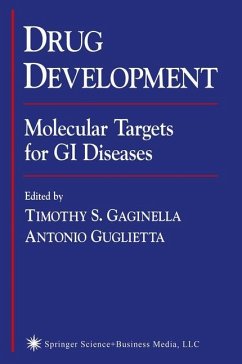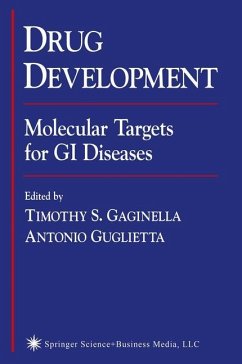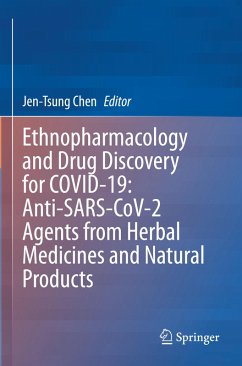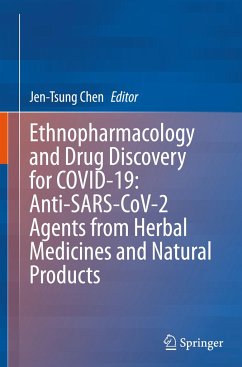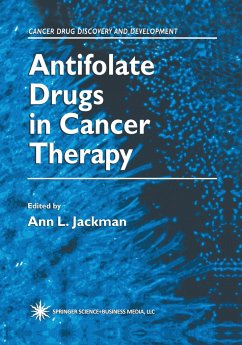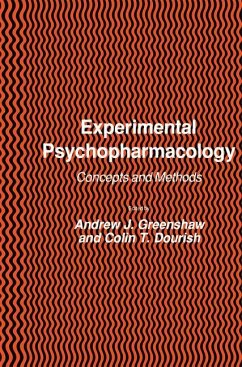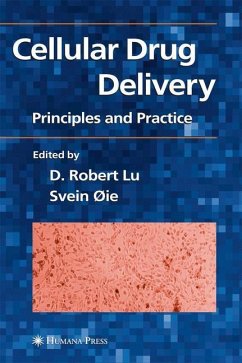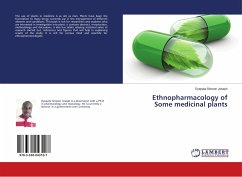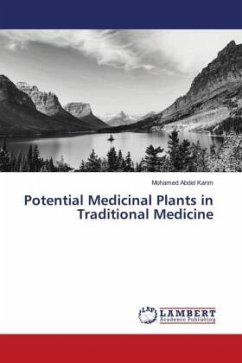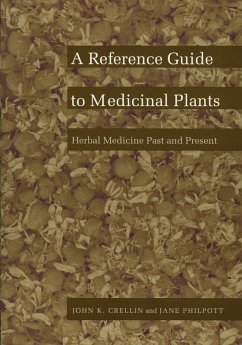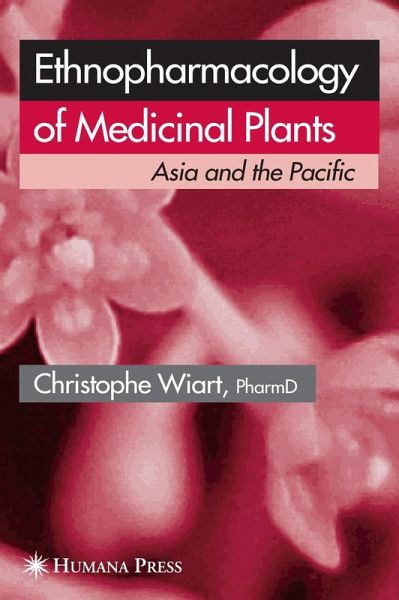
Ethnopharmacology of Medicinal Plants
Asia and the Pacific
Versandkostenfrei!
Versandfertig in 6-10 Tagen
151,99 €
inkl. MwSt.
Weitere Ausgaben:

PAYBACK Punkte
76 °P sammeln!
In 1860, Oliver Wendell Holmes pointedly expressed himself to the Massachusetts Medical Society: "I firmly believe that if the whole Material Medica, as now used, could be sunk to the bottom of the sea, it would be all the better for mankind, and all the worst for the fishes." Should one think the same about the current approach in drug discovery from plants? Probably yes. Despite the spending of billions of US dollars, and three decades of efforts, high-throughput screenings have only allowed the discovery of a couple of drugs. One could have reasonably expected the discovery of an arsenal of...
In 1860, Oliver Wendell Holmes pointedly expressed himself to the Massachusetts Medical Society: "I firmly believe that if the whole Material Medica, as now used, could be sunk to the bottom of the sea, it would be all the better for mankind, and all the worst for the fishes." Should one think the same about the current approach in drug discovery from plants? Probably yes. Despite the spending of billions of US dollars, and three decades of efforts, high-throughput screenings have only allowed the discovery of a couple of drugs. One could have reasonably expected the discovery of an arsenal of drugs from the millions of plant extracts randomly tested, but "hits" can be inactive in vitro or too toxic, some molecules need to be metabolized first to be active, and false-positive and false-negative results are common. The bitter truth is that the robotic approach in discovering drugs from plants has proven, to date, its inability to excavate the hundreds of molecules that will contribute to the health progress of Man. However, one can reasonably see that the last patches of primary rainforest on earth hold still hundreds of spectacularly active drugs that await discovery.




